The roar of engines echoing across frozen landscapes signals the arrival of winter adventure season. Snowmobiles, those powerful machines designed to conquer snow-covered terrain, have evolved from practical transportation vehicles into high-performance recreational machines that inspire passion among enthusiasts worldwide.
The origins of snowmobiling trace back to the early 20th century when inventive minds sought solutions for winter travel in northern regions. What began as modified Ford Model Ts with skis and tracks gradually developed into dedicated snow machines. The modern snowmobile as we know it emerged in the late 1950s and early 1960s, with companies like Bombardier and Polaris leading the charge in refining the design and performance of these specialized vehicles.
Today's snowmobiles represent cutting-edge engineering tailored specifically for snow travel. Manufacturers continuously push boundaries with lighter materials, more efficient engines, and advanced suspension systems. The typical modern snowmobile features a powerful two or four-stroke engine mounted on a lightweight chassis, with a continuous track system at the rear and steerable skis at the front. These components work in harmony to provide both flotation on soft snow and precise handling on varied terrain.
Snowmobile culture has grown into a vibrant community with distinct regional variations. In northern states and Canadian provinces, snowmobiling often serves as both recreation and transportation, with extensive trail networks connecting remote communities. Mountain riders seek out untouched powder in backcountry areas, while racing enthusiasts push machines to their limits on groomed tracks and lakes. Annual events like the Iron Dog in Alaska or the World Championship Snowmobile Derby in Wisconsin draw thousands of participants and spectators, showcasing the sport's competitive side.
The technology behind snowmobiles has advanced dramatically in recent decades. Engine developments have focused on increasing power while reducing emissions, with many manufacturers introducing direct injection and four-stroke technology. Suspension systems have become increasingly sophisticated, allowing riders to tackle rough terrain at higher speeds with greater comfort. Track designs have evolved to provide optimal traction in different snow conditions, from deep powder to hard-packed trails.
Safety considerations remain paramount in snowmobiling. Modern machines include numerous safety features such as emergency shut-off switches, improved braking systems, and better lighting for visibility. Proper gear including helmets, insulated clothing, and avalanche safety equipment for backcountry riders has become standard. Many regions require safety courses for riders, emphasizing responsible operation and environmental awareness.
Environmental concerns have significantly influenced snowmobile development in recent years. Manufacturers have made substantial progress in reducing noise and emissions, with many newer models meeting strict environmental standards. Land access issues have prompted the snowmobile community to emphasize responsible riding practices and trail maintenance. Organizations work closely with land managers to ensure sustainable use of winter landscapes while preserving the sport for future generations.
The economic impact of snowmobiling extends far beyond manufacturers and dealerships. Winter tourism in many northern communities relies heavily on snowmobile enthusiasts who travel to experience premier riding destinations. Hotels, restaurants, gas stations, and guide services all benefit from the influx of riders during winter months. In some areas, snowmobile tourism provides crucial economic support during what would otherwise be a slow season.
Snowmobiling destinations span the globe, with notable areas including the Rocky Mountains in North America, the Scandinavian wilderness, and the Alpine regions of Europe. Each offers unique terrain and experiences, from wide-open powder fields to meticulously groomed trail systems. Some locations have gained legendary status among riders, such as Yellowstone National Park's limited access routes or Quebec's extensive 33,000 km trail network.
The future of snowmobiling appears poised for continued evolution. Electric snowmobile prototypes have begun appearing, promising quiet operation with zero emissions. Autonomous technology may eventually assist with safety features or avalanche rescue applications. Meanwhile, traditional gasoline-powered machines continue refining their performance, with each model year bringing incremental improvements in power, handling, and efficiency.
For those considering entering the sport, the array of available snowmobile types can seem overwhelming. Trail models prioritize comfort and handling on groomed surfaces, while mountain sleds emphasize deep snow capability with longer tracks and specialized suspensions. Crossover machines attempt to blend these characteristics, and utility sleds focus on hauling capacity and durability for work applications. Choosing the right type depends largely on intended use and riding environment.
Maintenance knowledge forms a crucial part of snowmobile ownership. Proper winterization at season's end prevents corrosion and mechanical issues, while preseason preparation ensures reliable operation when temperatures drop. Understanding basic repairs can mean the difference between a minor trailside fix and a lengthy tow back to civilization. Many enthusiasts take pride in maintaining their machines, with some even performing their own modifications and upgrades.
The social aspects of snowmobiling contribute significantly to its enduring popularity. Group rides, club meetings, and online forums create opportunities for enthusiasts to share experiences and knowledge. Family traditions often form around snowmobiling, with skills and passion passed down through generations. For many, some of their fondest winter memories involve exploring snowy landscapes with friends and family aboard these remarkable machines.
As climate patterns shift, the snowmobiling community faces challenges regarding shorter winter seasons in some regions. This has prompted increased focus on higher elevation riding areas and northern locations where snow remains reliable. Some manufacturers have begun developing all-terrain vehicles that can convert between wheeled and tracked configurations, offering versatility in changing conditions.
Snowmobile media has grown into its own niche, with dedicated magazines, YouTube channels, and social media accounts covering every aspect of the sport. Professional riders have gained celebrity status within the community, showcasing incredible feats of skill in films and competitions. This media exposure helps attract new participants while pushing the boundaries of what's possible on snow.
The appeal of snowmobiling lies in its unique combination of mechanical sophistication, outdoor adventure, and community spirit. Whether it's the thrill of carving through fresh powder, the satisfaction of mastering challenging terrain, or simply enjoying winter landscapes from a new perspective, snowmobiles offer experiences that keep enthusiasts returning season after season. As technology advances and riding culture evolves, this dynamic winter sport continues to capture the imagination of adventurers worldwide.

By Emily Johnson/May 8, 2025
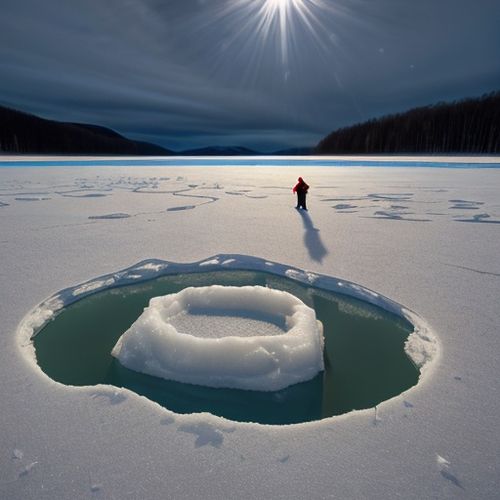
By Natalie Campbell/May 8, 2025
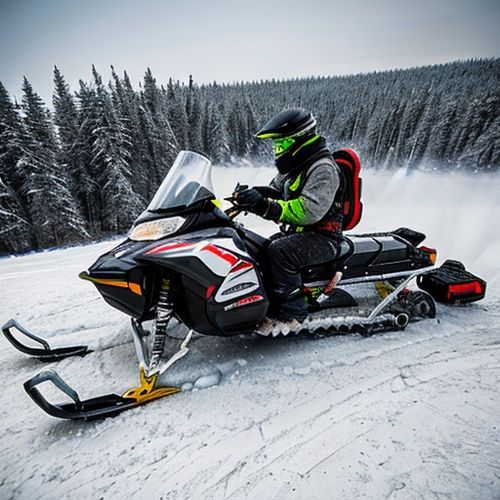
By Olivia Reed/May 8, 2025
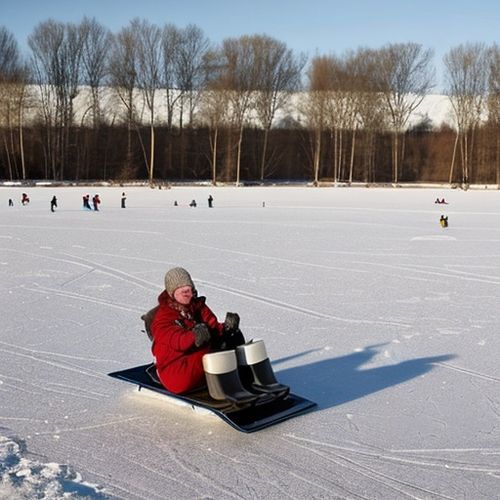
By Lily Simpson/May 8, 2025
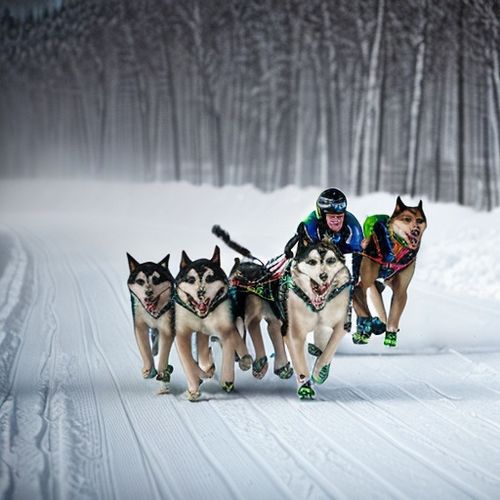
By Olivia Reed/May 8, 2025

By Thomas Roberts/May 8, 2025
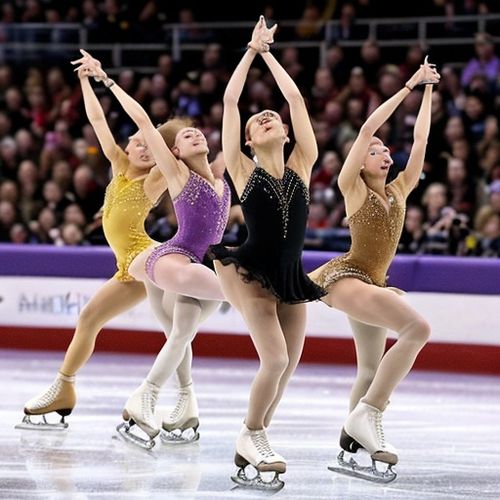
By Daniel Scott/May 8, 2025
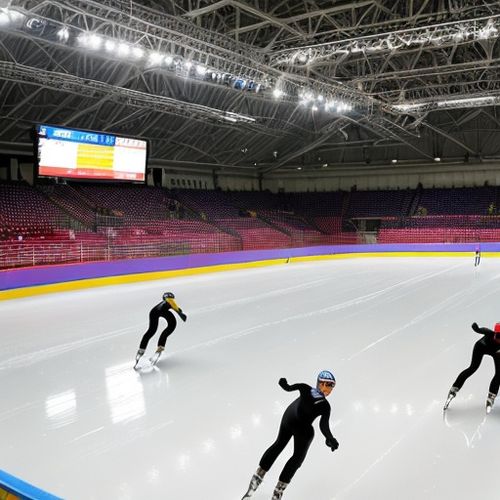
By George Bailey/May 8, 2025
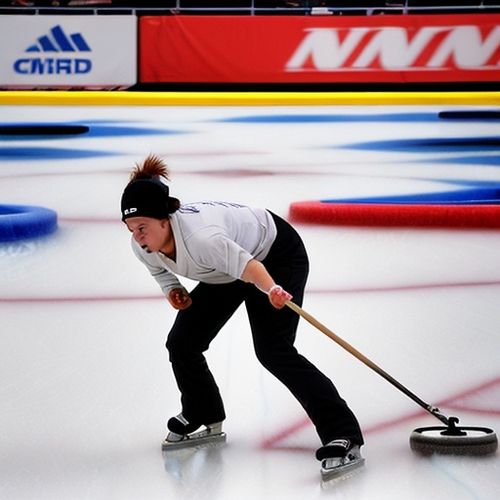
By David Anderson/May 8, 2025
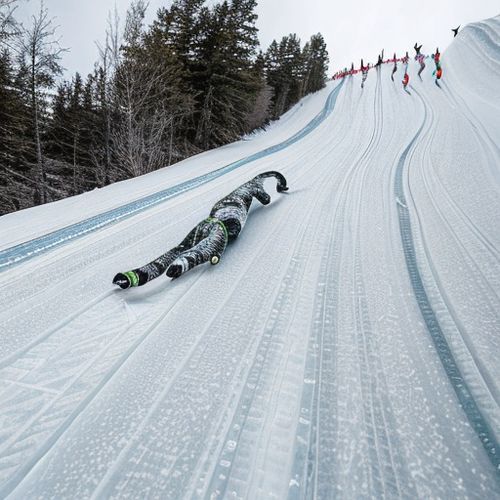
By Amanda Phillips/May 8, 2025
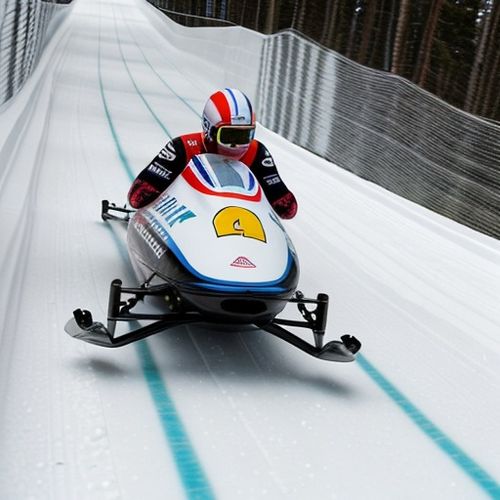
By Rebecca Stewart/May 8, 2025
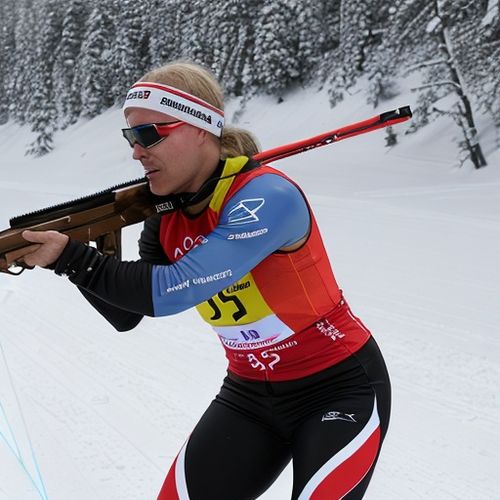
By Christopher Harris/May 8, 2025

By Emily Johnson/May 8, 2025

By Christopher Harris/May 8, 2025
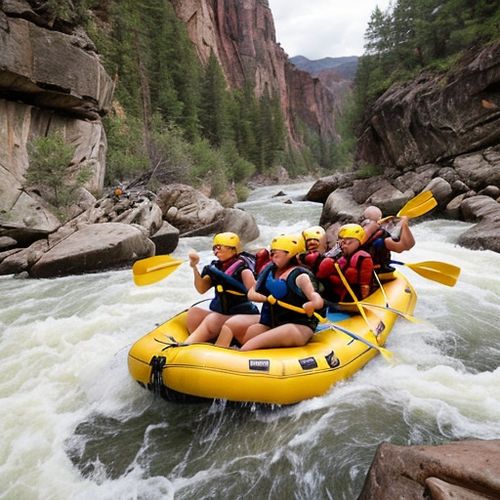
By Thomas Roberts/May 8, 2025
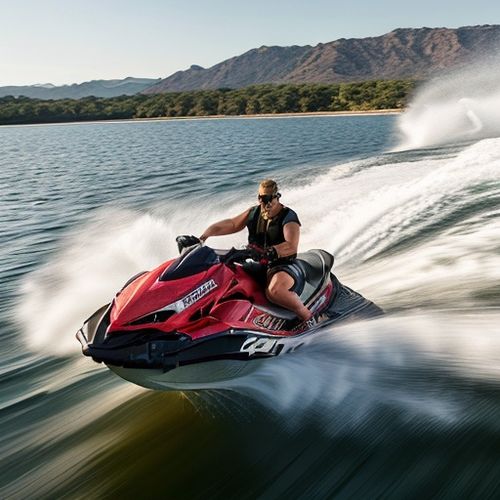
By Rebecca Stewart/May 8, 2025
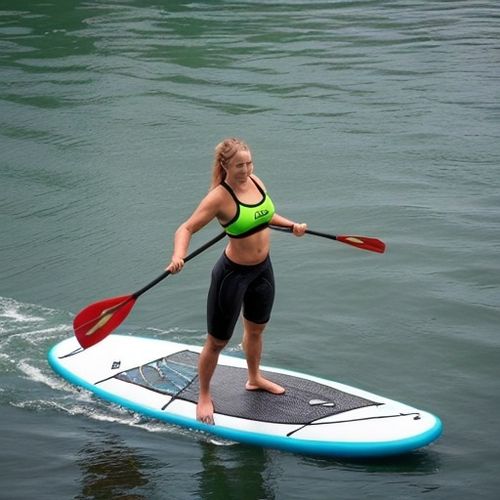
By Noah Bell/May 8, 2025

By Lily Simpson/May 8, 2025
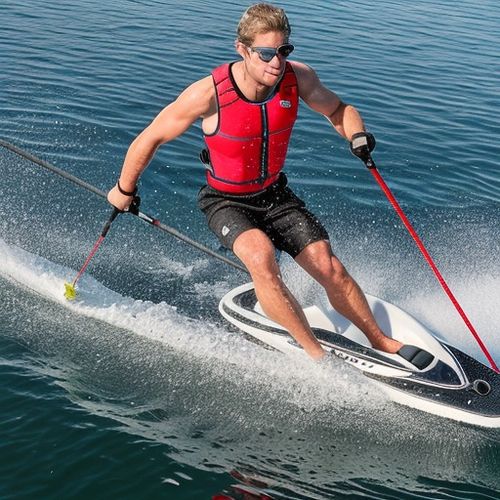
By Megan Clark/May 8, 2025
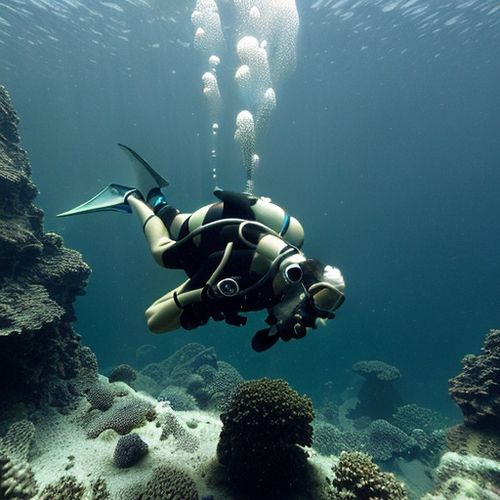
By Megan Clark/May 8, 2025